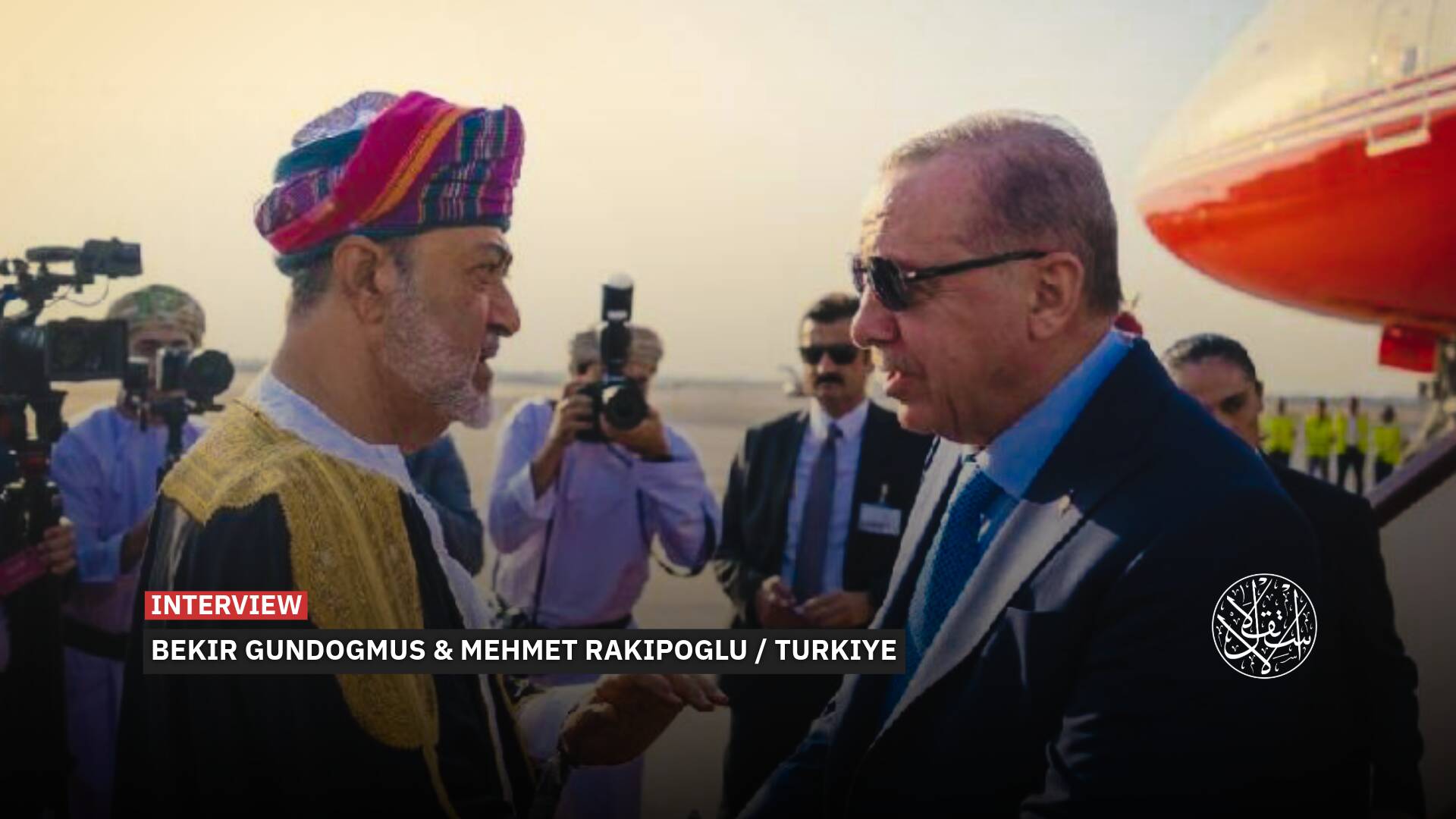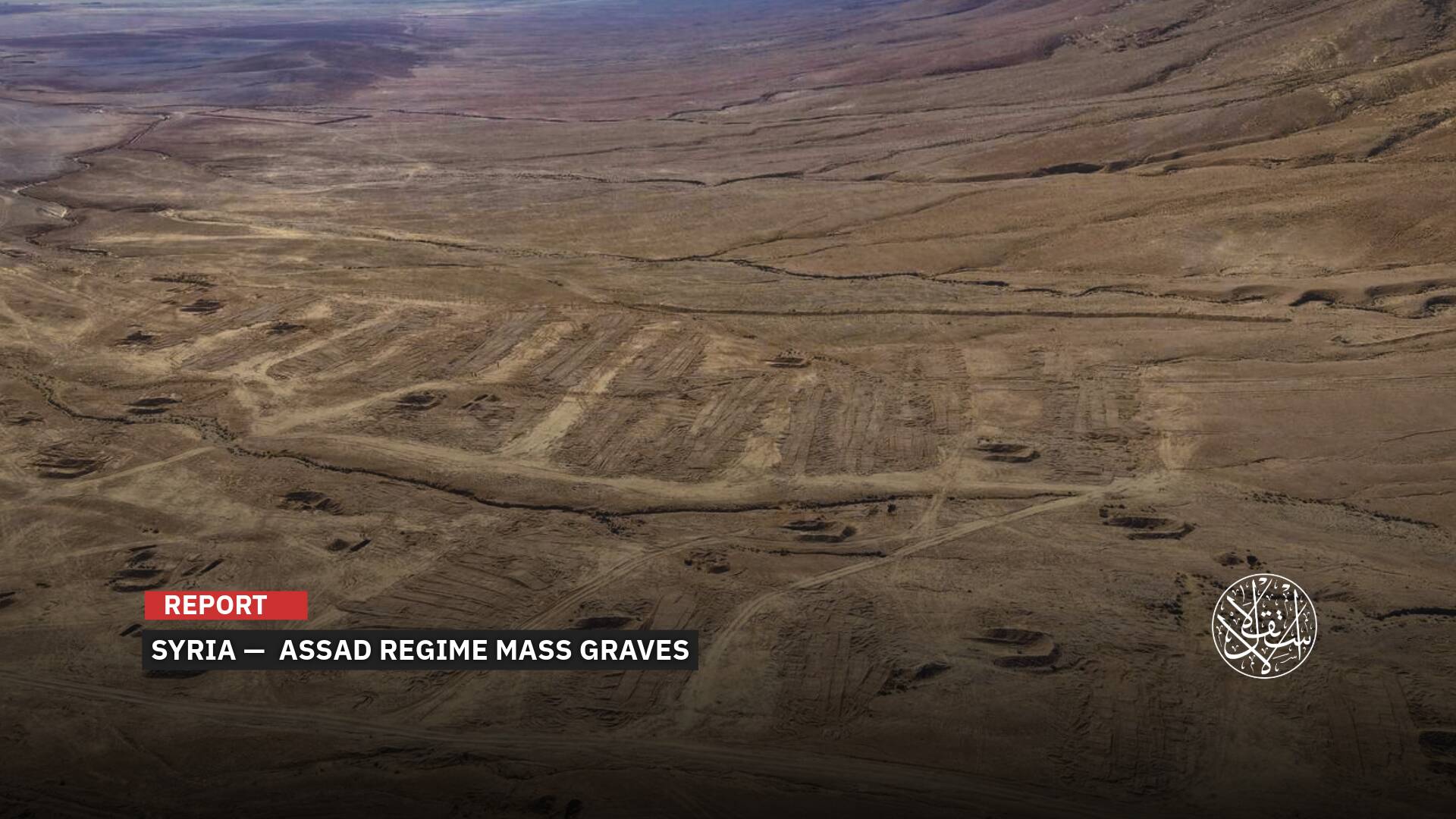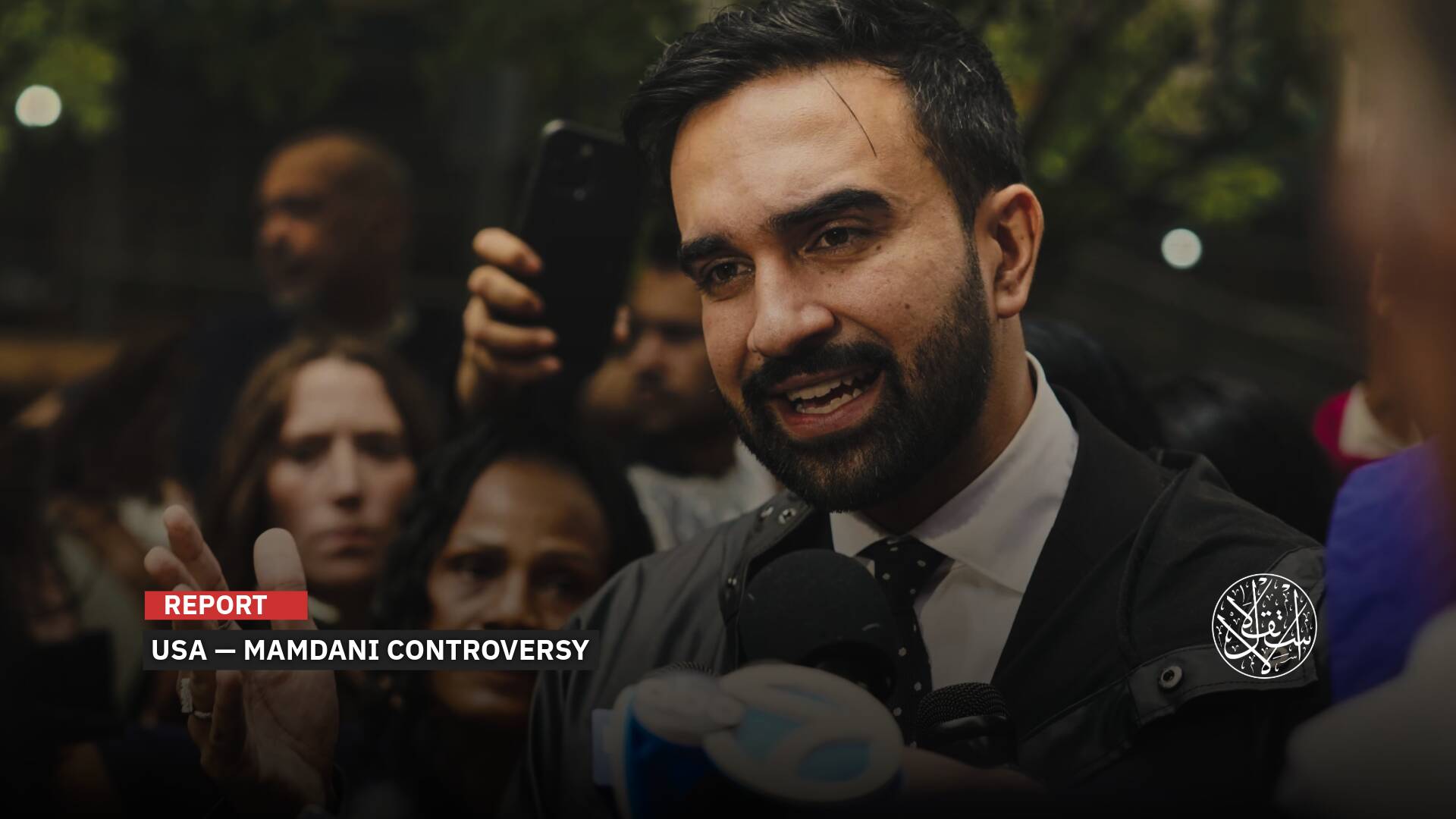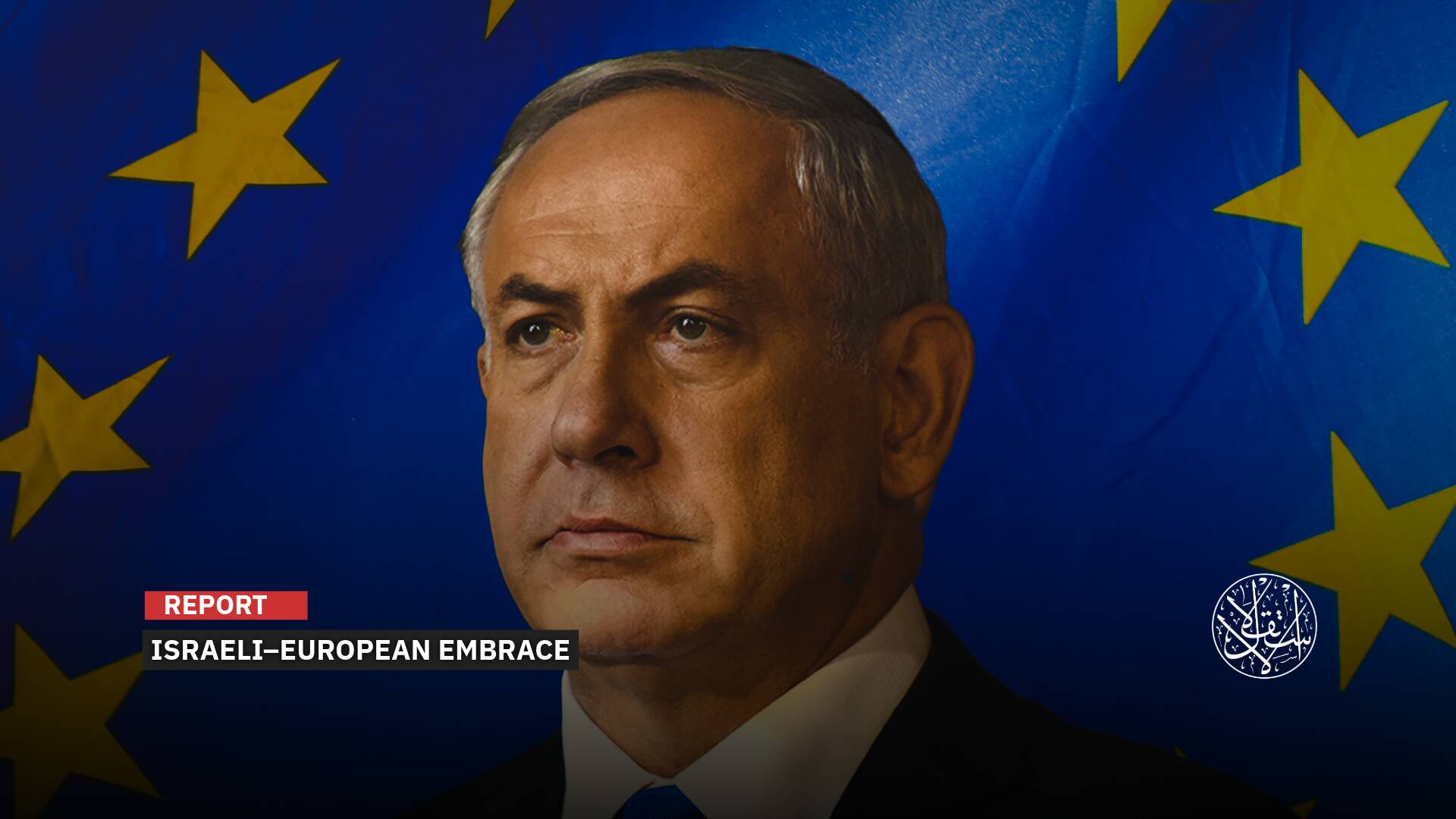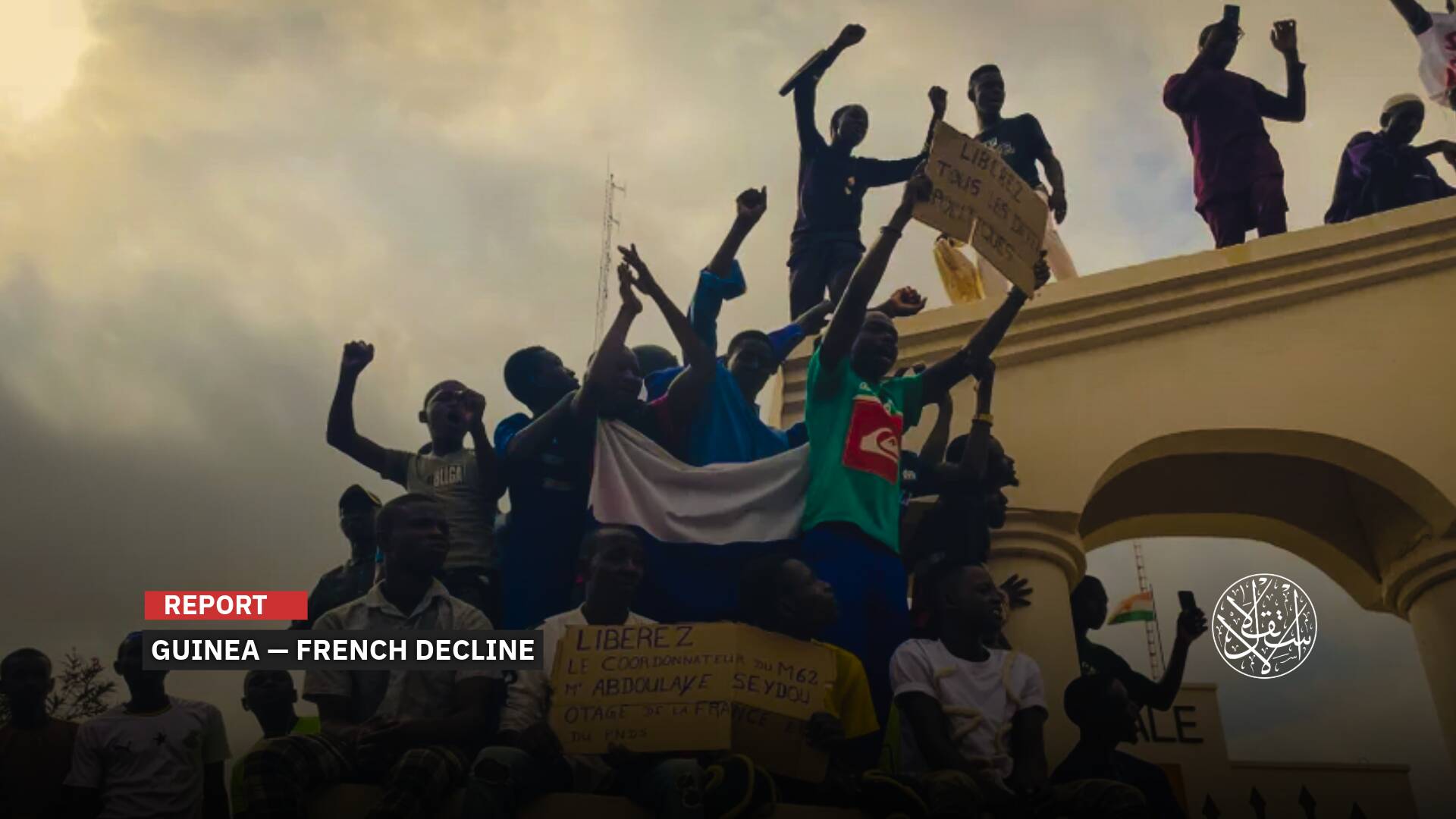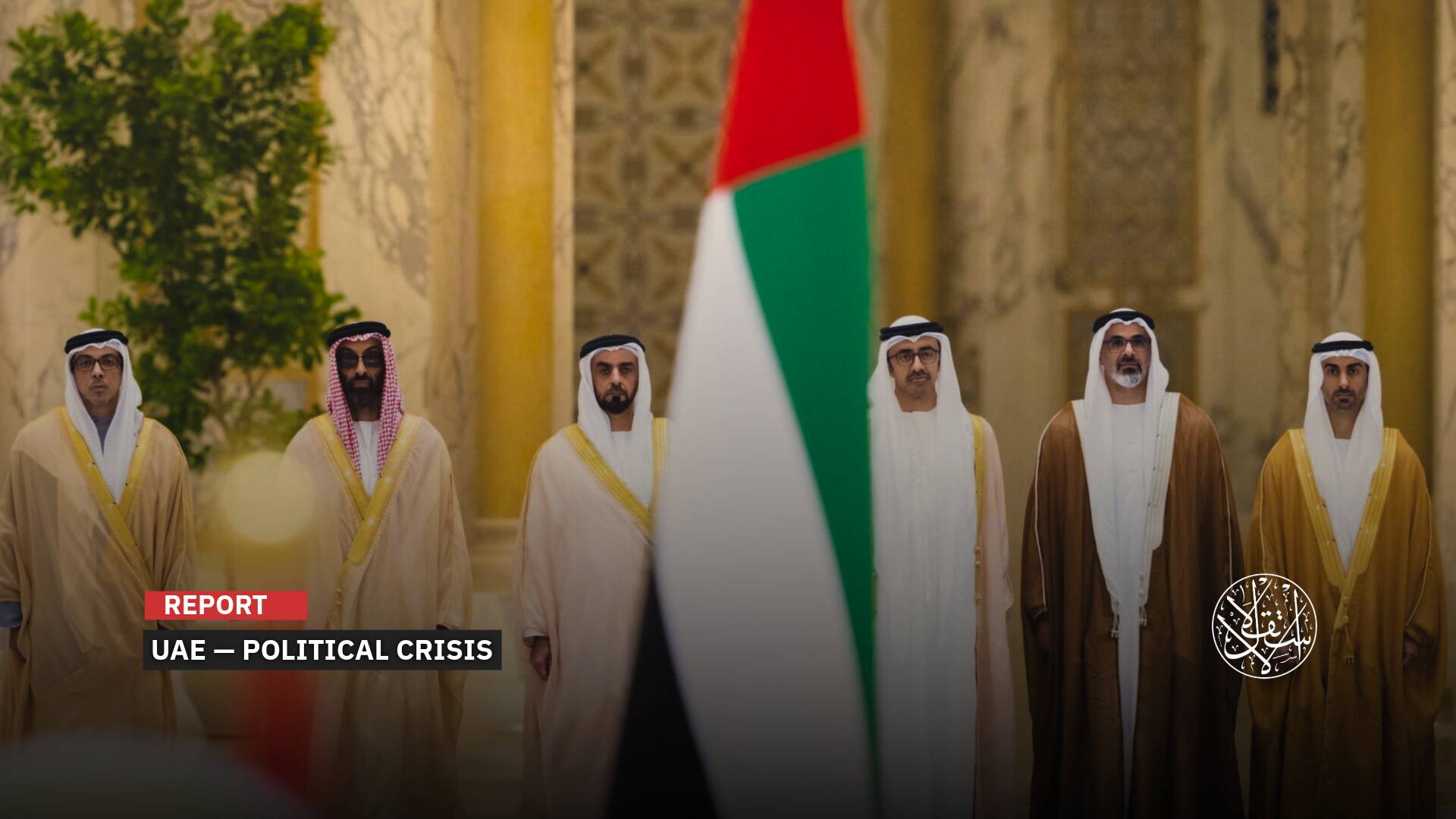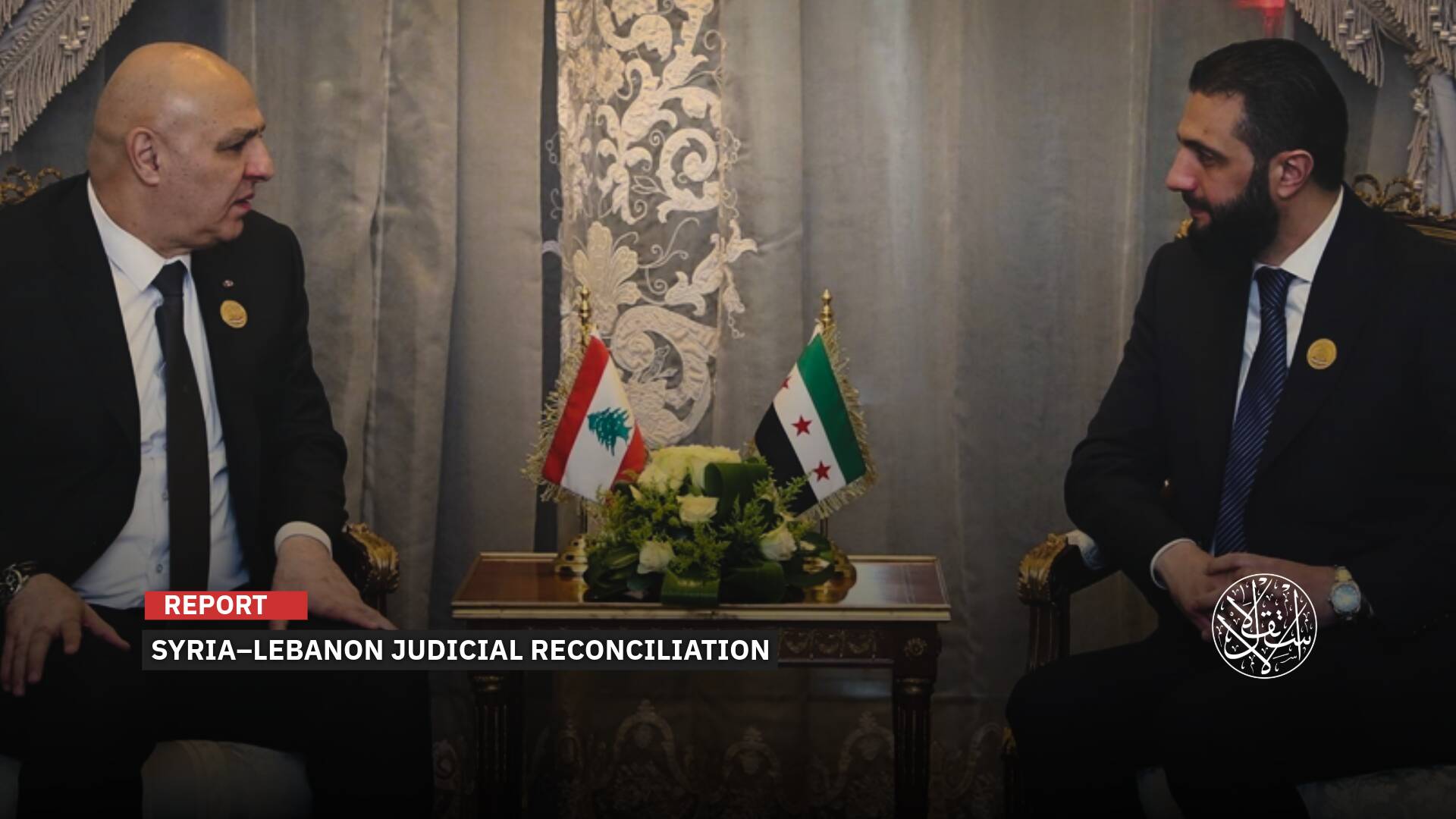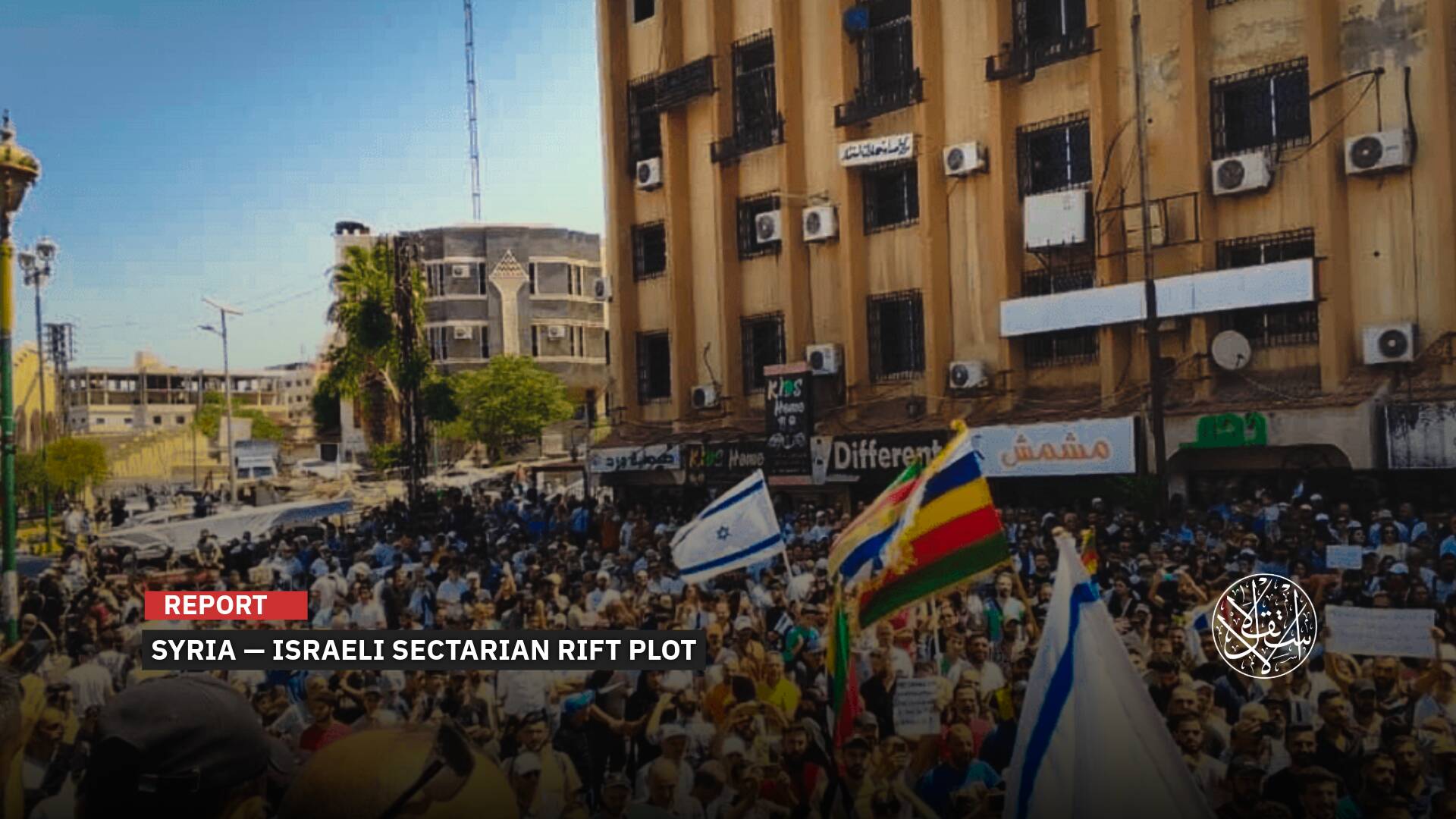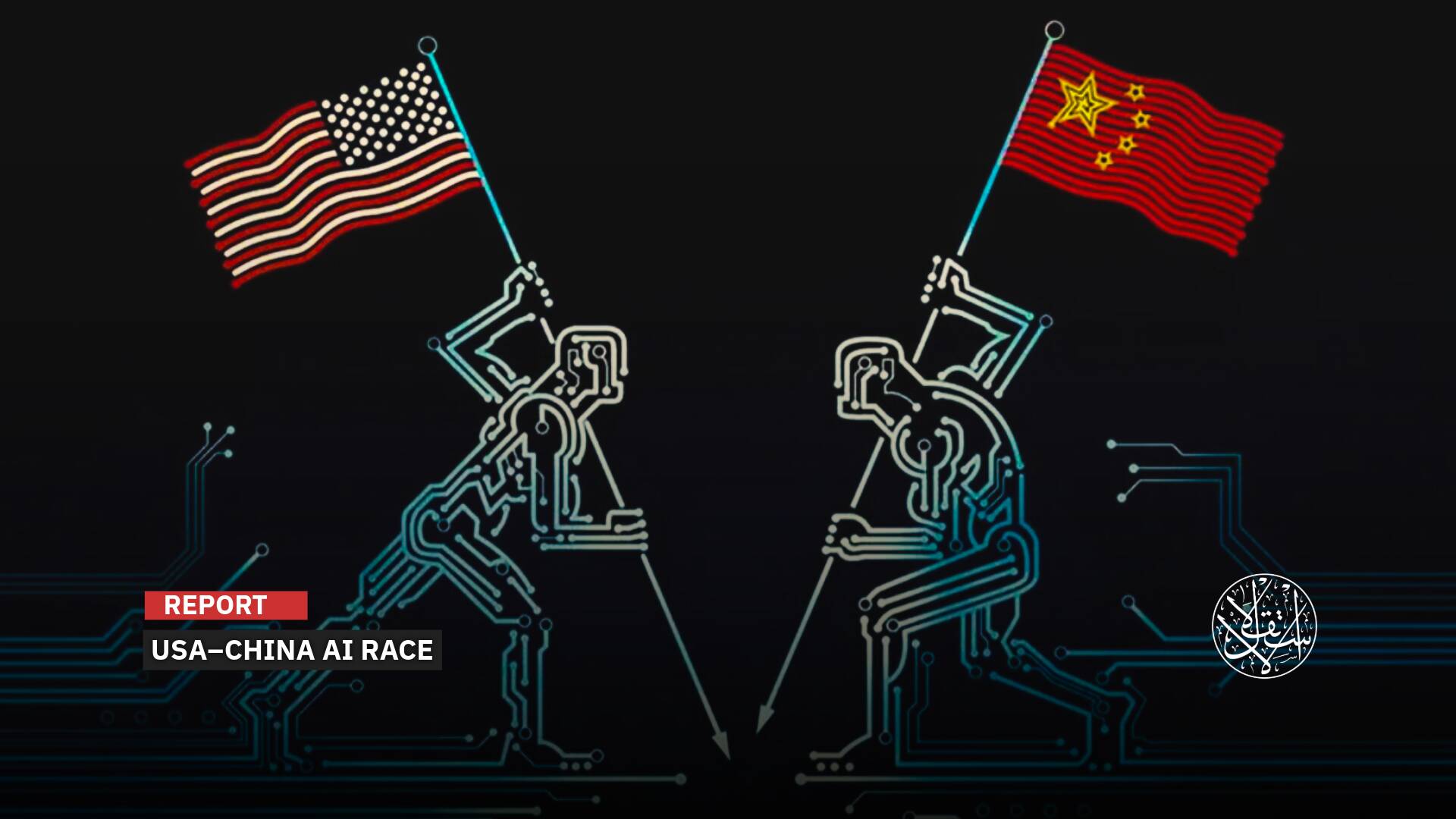Different Chechen Battalions Fighting Moscow and Kyiv: How Did Putin Divide Them?

For five centuries, Chechen history in the Caucasus region has been marked by prominent names known for their resistance against Russian occupation, both in the past and the present, and their quest for independence.
This legacy began with Imam Shamil and continued through figures like Dzhokhar Dudayev, Aslan Maskhadov, Shamil Basayev, and others. Nonetheless, this roster veered off course when former Chechen President Akhmad Kadyrov emerged, accompanied by his son and successor Ramzan, embarking on their journey alongside Mujahideen leader Shamil Basayev.
In 1994, Basayev appointed Akhmad Kadyrov as the Grand Mufti of the Chechen Republic, but the alliance did not last long. Kadyrov Sr. diverged from the Mujahideen and became an agent for Russian Prime Minister Vladimir Putin, who later assumed the presidency in 2000.
This transformation followed his successful tenure as the head of the Russian Federal Security Service, where he enlisted agents to regain control over Chechnya and suppress the Mujahideen seeking independence after the collapse of the Soviet Union, much like what happened in several other former Soviet republics.
Today, it appears that little has changed. Akhmat forces have been utilized amidst Russia’s aggression against Ukraine. This move came amid a revolt by the Russian mercenary forces Wagner, which fought under Moscow’s command, carried out massacres and violations that the latter disclaimed, declaring their unofficial allegiance.
This marks the first time a force has fought officially outside its territory on behalf of another state in Russia’s aggression against Ukraine.
Kadyrov’s Militia
After the outbreak of the Russian-Ukrainian War in February 2022, Chechen President Ramzan Kadyrov decided to establish special military militias named after his father. These militias are known as the Akhmat militias and are composed of four battalions: Akhmad East, Akhmat West, Akhmat South, and Akhmat North, totaling 10,000 soldiers.
These militias are led by Major-General Apti Alaudinov, who survived a suspicious assassination attempt through a poisoned package in February 2023.
The Akhmat militias are armed with the latest and most powerful Russian weapons, including tanks and vehicles. All their vehicles bear the letter Z insignia, symbolizing support for the Russian forces in Ukraine.
After the Wagner militias refused to sign a similar contract on June 12, 2023, the Akhmat militias signed a contract with the Russian Ministry of Defense just one day later.
Under this contract, the fighters will receive all the benefits and guarantees provided to regular Russian forces. The Akhmat militias are the only foreign force engaged in combat within Ukrainian territory, apart from Russian and Ukrainian forces.
Before entering any battle, the Akhmad militias are known for performing certain rituals, including what they call the “al-Fateh prayer,” followed by chants and exhortations.
They then enter the battle with ferocity and aggression, a point President Vladimir Putin proudly emphasizes when discussing his new militias, which have achieved what Wagner could not.

This transformation, initiated by Ramzan Kadyrov and his father before him, has led to a significant division within the Chechen resistance. Many prominent figures, who fled the country due to persecutions and assassinations during the son’s rule, have been honored by Moscow within the Akhmat militias. These figures act as Kadyrov’s extended arms and include: Adam Sultanovich Delimkhanov, the cousin of Ramzan Kadyrov, who described him as someone who could replace him.
Sultanovich was born in 1969 in Delimkhanov, in the district of Novye Yurkovichi, Chechnya. He served in the Soviet Army until 1989 but did not engage in any fighting against the Russian forces after the Soviet Union’s collapse and Chechnya’s struggle for independence.
Sultanovich joined Russia after Akhmat Kadyrov’s forces came under the Kremlin’s umbrella in 1999.
He held various positions in the Ministry of Interior, tasked with pursuing Chechen fighters advocating freedom and independence from Moscow. He later became the First Deputy Prime Minister of the Chechen government between 2006 and 2007. Eventually, he became a member of the Russian State Duma, representing Putin’s United Russia party.
Sultanovich played a role in planning and supervising the assassination of political opponents of Putin.
He was accused by the Emirate of Dubai of being the mastermind behind the assassination of former Chechen military leader Sulim Yamadayev, who was killed in Dubai on March 28, 2009.
Sultanovich has faced accusations of human rights violations and crimes. In 2014, the United States imposed sanctions on him due to his involvement with the banned group Brothers’ Circle.
In February 2022, Turkish authorities accused Sultanovich of leading a team planning to assassinate a Chechen leader living in Turkiye, who fought against the Russian regime in Syria.
Sultanovich earned the title of the Russian Union Champion in Donetsk and Luhansk territories in Ukraine for his role in the occupation of the Ukrainian city of Mariupol.
In addition to Sultanovich, another prominent figure is Apti Alaudinov, the Chief of Staff of Akhmat militias in Ukraine.
Alaudinov was born on October 5, 1973, in the village of Gorni, in the Vedeno district of Chechnya. He graduated in Law from Chechen State University in 2001. He held various positions in the Ministry of Internal Affairs of the Republic, eventually becoming the Deputy Minister of Interior and Chief of Police.
In 2022, Alaudinov received the title of the Russian Union Champion for his services to the Russian state during the special military operations in Luhansk. He was later appointed as the Deputy Commander of Combat Operations in the Second Army Corps of the People’s Militias under the Russian Ministry of Defense in November 2022.
Chechen Battalions
On the other hand, Chechen battalions have emerged fighting alongside Ukraine and against Russia since 2015. Three Muslim groups have been formed as part of the Ukrainian Volunteer Battalions to confront the pro-Russian separatist movements and the Russian invasion that led to the occupation of Crimea and the separatist regions of Donetsk and Luhansk.
Most of the fighters in these Chechen battalions fled to various European countries after the fall of Chechnya and years of fierce battles with Russia during the First and Second Chechen Wars, which ended in 2009 with Ramzan Kadyrov’s Moscow-backed government taking control.
Hundreds of thousands of Chechens sought refuge in Europe, Turkiye and other regions.
The Sheikh Mansur Battalion, composed of Chechen volunteers, fights alongside the Ukrainian army against the Russian invasion of Ukraine, seeking revenge for what Moscow has done to the Caucasus Mountains and the Crimean Tatars throughout history.
The group’s name emerged in 2015 to confront the pro-Russian separatist movements that were supported by Russia in 2014 and to resist the Russian military intervention.
In an interview with The Guardian in 2015, Muslim Cheberlov, who leads the Sheikh Mansur Battalion in Ukraine, stated that he spent two decades fighting against Russia in Chechnya, burying many of his family members killed by Russia as part of the popular mobilization against Russian forces in two wars for independence.
Later, he became part of the secret armed movement that carried out several deadly attacks against Russians, even in the heart of Moscow.
Cheberlov confirmed that his battalion has been fighting alongside Ukrainian right-wing extremist movements such as Right Sector and Azov Brigade since 2015.
He stated that they have a very good relationship with the Ukrainian volunteer battalions fighting together on the frontlines, sharing many friendships, and not arguing over race or religion.
Another Chechen battalion is the Dzhokhar Dudayev Battalion, named after the first Chechen commander who raised the banner of liberation against Russian occupation after the collapse of the Soviet Union, becoming the first president of the Chechen Republic.
This battalion consists of Chechen volunteers who fought in the First and Second Chechen Wars to establish the republic.

The Dudayev Battalion is led by a Chechen civilian who received his education in Britain, Adam Osmayev, starting from early February 2015 after the death of Isa Munayev in the Battle of Debaltseve in eastern Ukraine.
According to Le Monde’s report, the Dudayev Battalion faces the Russian army in Donbas under Ukrainian leadership with the aim of weakening Moscow and reviving the independent Chechen Republic.
The third battalion that has reemerged after the Russian invasion of Ukraine is the Crimean Tatar volunteer battalion led by Isa Akaev.
This battalion called for unity with the Noman Celebicihan Battalion, which is also composed of Tatars. It was established in the city of Kherson, located just 3 kilometers away from the Crimean Peninsula.
The Noman Celebicihan Battalion was led by Lenur Islamov, a well-known Tatar businessman and politician who was the former deputy to the Prime Minister of Crimea before it fell into Russian hands.
These battalions were formed after Russia’s annexation of the Crimean Peninsula in 2014. The roots of the Russian, Caucasian, and Tatar crises can be traced back to the power struggle and expansion between the Ottoman Empire and the Tsarist Empire.
After the citizens of these regions from the Crimean Tatars, Caucasians, and Black Sea region embraced Islam, they became subjects of the Ottoman Empire to which they belonged.
However, the Tsarist ambitions of expansion, access to warm waters, and control over the Bosporus and Dardanelles, as well as the reconversion of the population to Christianity, were the driving forces behind the Ottoman-Tsarist conflict that lasted from 1568 to 1918.
Thirteen fierce wars took place between the Ottoman Empire and Tsarist Russia. The inhabitants of the Caucasus regions were the Ottoman’s frontline against Tsarist expansion.
With the decline of the Ottoman Empire, Western Europe on the one hand and Eastern Tsarist Russia on the other began encroaching on the neighboring territories, such as the Caucasus and the Crimean Tatars.
Sources
- Chechen force signs contract with Russia's defence ministry that Prigozhin refused
- 'We like partisan warfare.' Chechens fighting in Ukraine – on both sides
- ‘We have only one enemy — this is Russia’: the Chechens taking up arms for Ukraine
- In Ukraine, a Chechen battalion fights "against Russian imperialism" [French]


